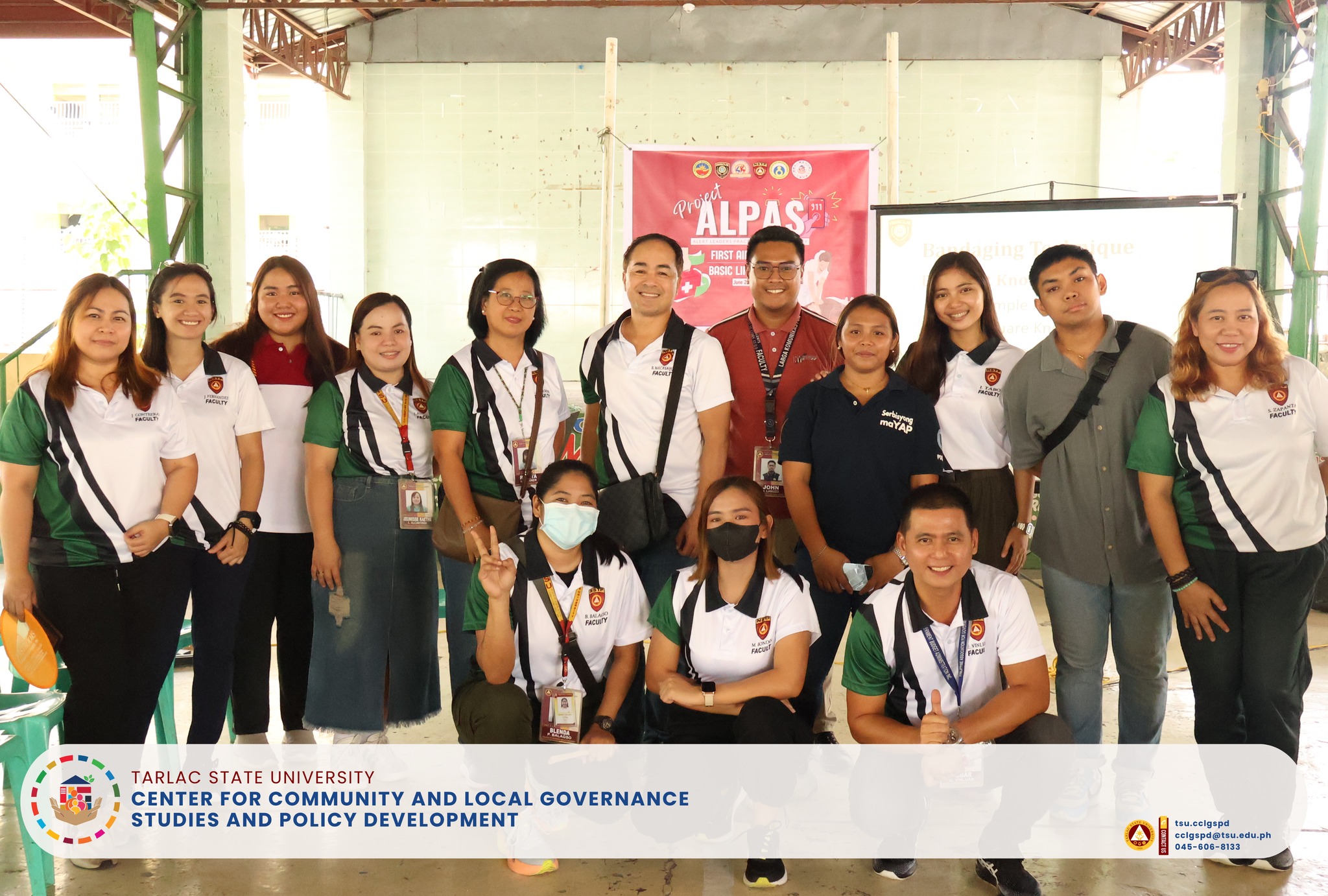This training program on Basic First Aid and Life Support is designed to empower the people of Barangay Baras-Baras with the knowledge and hands-on skills necessary to effectively respond to medical emergencies. Through a collaborative effort with the National Service Training Program (NSTP) and the College of Arts and Social Sciences, this initiative includes the creation of IEC (Information, Education, and Communication) materials based on the training sessions. These materials will be distributed to the Barangay of Baras-Baras to reinforce learning and promote long-term community awareness. The program delivers structured sessions that cover fundamental first aid techniques, emergency response protocols, and life-saving interventions—ultimately fostering a culture of preparedness and community resilience.
Day 1 begins with an orientation session that introduces participants to the overall objectives and functions of disaster rescue groups. Discussions focus on the roles and responsibilities of rescue workers, the ideal personal traits, and expected behaviors during rescue operations. Participants also gain an understanding of the rescue process, including its stages, team composition, and how to formulate an effective rescue plan.
As part of the hands-on training, participants practice the proper application of bandages—an essential first aid skill used to support injuries, control bleeding, and prevent infection.
Key Bandaging Techniques Covered:
•Folding and Using Triangular Bandages: Participants learn to fold and use triangular bandages for slings, head wraps, and limb support.
•Circular Bandaging: Used for small areas like fingers or toes, wrapping in circular motion to hold gauze in place.
•Spiral Bandaging: Applied to limbs, starting at the narrowest point and spiraling upward to provide even pressure and support.
•Figure-Eight Bandaging: Demonstrated for use around joints like the ankle, knee, elbow, or wrist to allow movement while offering compression.
•Recurrent Bandaging: Used for covering the top of the head or stump areas, folding back and forth to ensure full coverage.
•Pressure Bandaging: Used to control bleeding by applying direct pressure over the wound, combined with proper dressing to stabilize the injury
Through guided demonstration and practice, trainees learn not only how to wrap bandages properly, but also when to use each type, how to ensure circulation is not cut off, and how to monitor the bandaged area for signs of swelling or discomfort.













